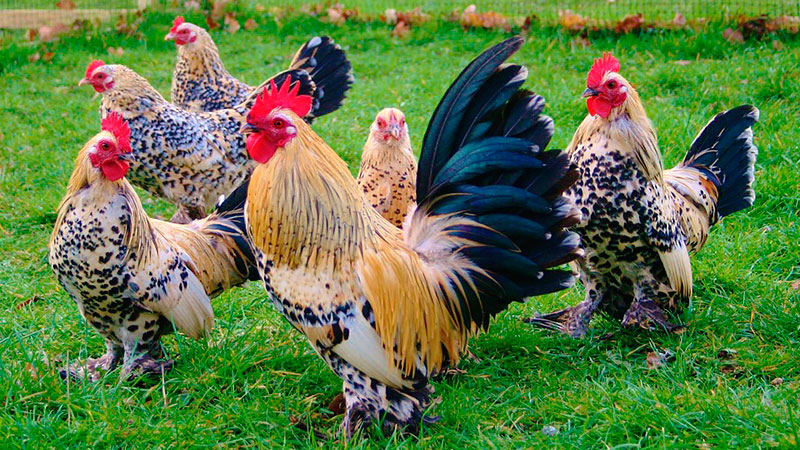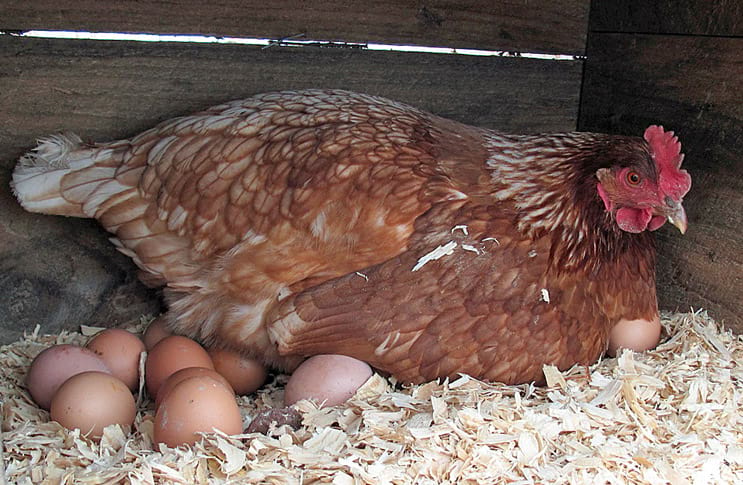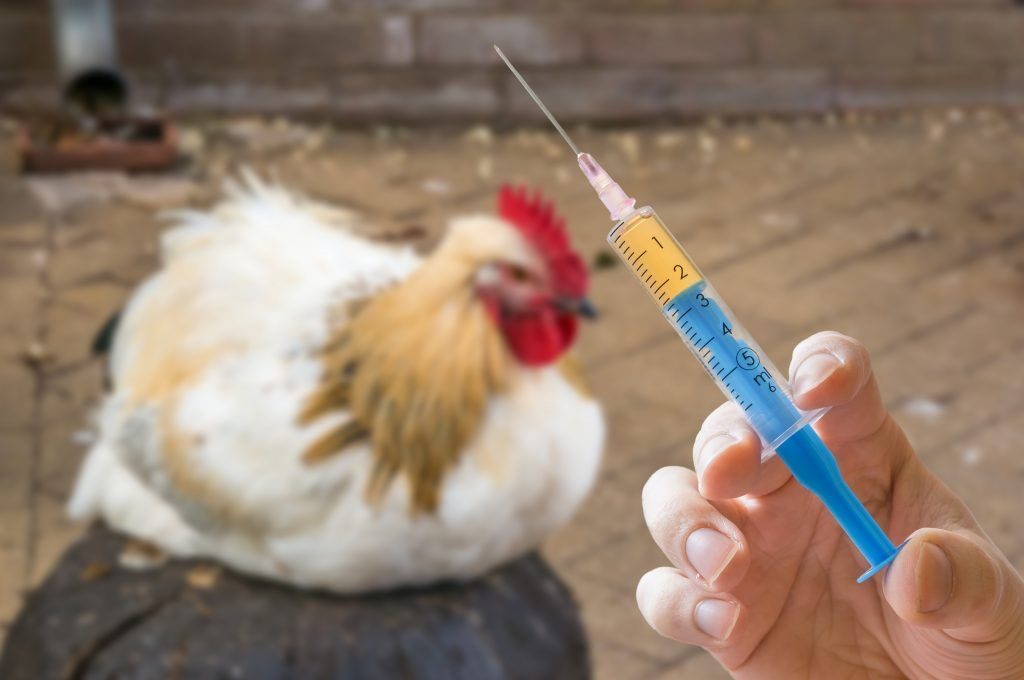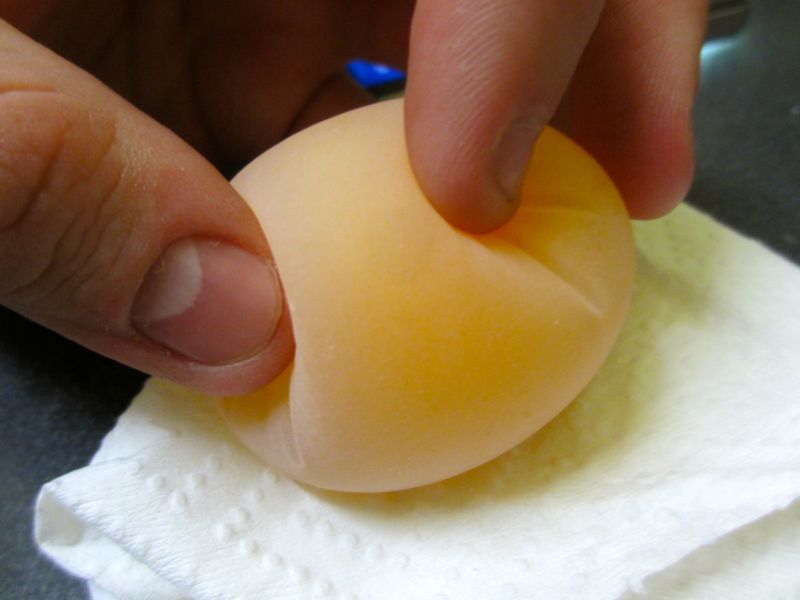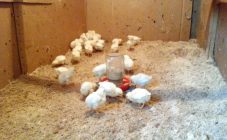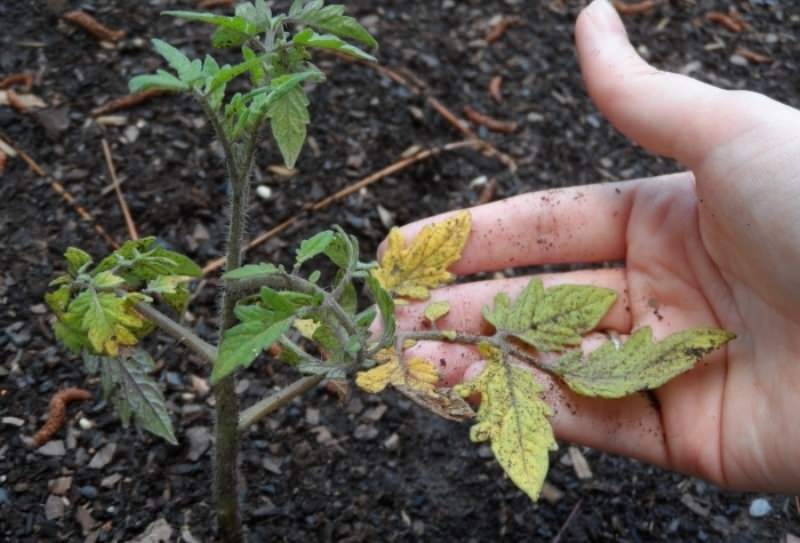Content:
Oviduct prolapse in chickens is a dangerous pathology that occurs in young individuals. With this phenomenon, the bird stops laying eggs, becomes infected and dies after a while. What to do with a prolapse of the oviduct in chickens, is treatment possible, and how to prevent this problem from occurring, we will consider in detail.
Rules for keeping young animals
It is advisable to keep chickens and young females separately from layers and broodstock. Young animals have different needs for nutrition, maintenance, lighting. It is advisable to keep no more than 5 individuals on one square meter. If, during puberty, young hens begin to gain weight too actively, then the rate of concentrated feed decreases. The reduced feed should be replaced with herbs. If the young are stunted, you need to increase the amount of protein-rich feed.
In chickens of the egg direction, puberty occurs at about 5.5-6 months. You can determine the health of a livestock by the appearance of feathered pets. Fast growth, good weight gain, excellent appetite, smooth shiny feathers are signs of a bird's health. It is undesirable to accelerate the introduction of a young individual into the composition of layers. The hen's body must mature naturally, otherwise, with the onset of egg production, it will inevitably have problems.
Causes of prolapse of the oviduct
The hen's oviduct is a duct that is used to remove mature eggs from the ovaries. In all birds, only the left ovary and the left oviduct are developed, while the right ovary and oviduct are not developed. The upper end of the left oviduct extends into the ovarian cavity, and the posterior thickened end flows into the cloaca. The cloaca is the opening that ends in the rectum and oviduct.
The main reason why the oviduct falls out in a chicken is inflammation of the egg production organs. It can develop due to the too early launch of juveniles into egg-laying. This happens when farmers accelerate the process of egg production in young animals by increasing daylight hours - artificial lighting is supplied almost around the clock, or they start feeding chickens with too fatty foods. As a result, birds that have not yet matured biologically begin to rush. Also, the cause of the prolapse of the oviduct is a malformed or too large egg. Excessive egg production can also lead to organ loss.
The first symptoms are that it becomes difficult for the hen to lay eggs. The back of the oviduct swells and exits into the cloaca. Constipation or diarrhea may develop, making the feathers around the cloaca dirty from discharge.
In an advanced case, the oviduct is clogged with cheesy masses. At this stage, it is almost impossible to cure the bird. Veterinarians advise slaughtering a chicken for these symptoms.
Loss of cloaca in laying hens treatment:
- rinse the protruding part with warm water and 2% tannin solution;
- treat hands with a disinfectant solution;
- lubricate the finger and oviduct with petroleum jelly;
- carefully set the organ inward.
Sometimes this procedure succeeds and the problem does not return. When the cloaca falls out in chickens, the susceptibility to pathogenic microorganisms increases, therefore, it is impossible to delay treatment. If the prolapse recurs, the bird is shown to the veterinarian to determine the cause. To do this, you will need to take blood for analysis, in laboratory conditions the type of pathogen will be determined.After this, it is possible to prescribe a course of antibiotic therapy. In some cases, the doctor will advise you not to delay and slaughter the bird in order to prevent infection of the entire livestock.
Salpingitis: symptoms and treatment
Salpingitis (salpingitis) in laying hens is a very dangerous disease. It causes the chicken to stop laying. If you start the disease, the bird will die, and even infect the rest of the livestock.
Salpingitis is an inflammation of the oviduct, the development of which is facilitated by:
- Keeping chickens in cages. This is a common problem in large poultry farms.
- Ingestion of streptococci and staphylococci in the chicken. When the cloaca falls out, pathogens enter the body and cause inflammation.
- Lack of vitamins in poultry nutrition, excess of protein. With a monotonous feeding only with grain crops, the absence of greens in the diet, the bird does not receive additional calcium, vitamins A, B, E.
- Excess fat in food. The introduction of a large amount of fatty foods contributes to the early onset of the egg production period. At the same time, the genitals of a young chicken do not have time to form correctly.
- Injury, falling from a great height. In this case, the integrity of the oviduct may be compromised.
- The egg is too large in a young individual. It cannot safely exit, it stays in the canal for a long time and causes its inflammation and rupture.
- Complication of prolapse of the oviduct.
- There is too much illuminated time in the day. This factor also contributes to the early egg production of an immature individual.
A chicken with salpingitis stops laying or lays eggs without shell (or irregularly shaped). She begins to accumulate increased adipose tissue. The individual behaves atypically, sluggishly, it has no appetite, and the stomach swells, diarrhea begins.
In large poultry farms, it is impractical to treat the disease. Sick birds are removed, and the nutrition of the livestock is adjusted.
In a small backyard, where every layer counts, the following measures are taken:
- The diseased individual is isolated. If her oviduct has fallen out, it is adjusted as described above.
- The chicken is soldered with an antimicrobial drug (for example, Baytril).
- Replace grain with professional feed or protein-vitamin-mineral concentrate (BVMK). You can prepare the mixture yourself, taking into account all the needs of the bird for protein, vitamins, fats, minerals and carbohydrates.
Preventive measures
If the hen's oviduct falls out, what to do is discussed in detail. But the procedure does not always give a positive result, it is easier to prevent this trouble. To prevent problems with egg production, the chicken diet should contain mineral supplements with vitamins A, B and E. It is imperative to provide the bird with a sufficient amount of green food during the season.
So, keeping pullet chickens presupposes a competent approach and preventive measures to prevent problems with the egg production organs. In case of detection, the oviduct is reduced, if necessary, a treatment course with antibiotics.
